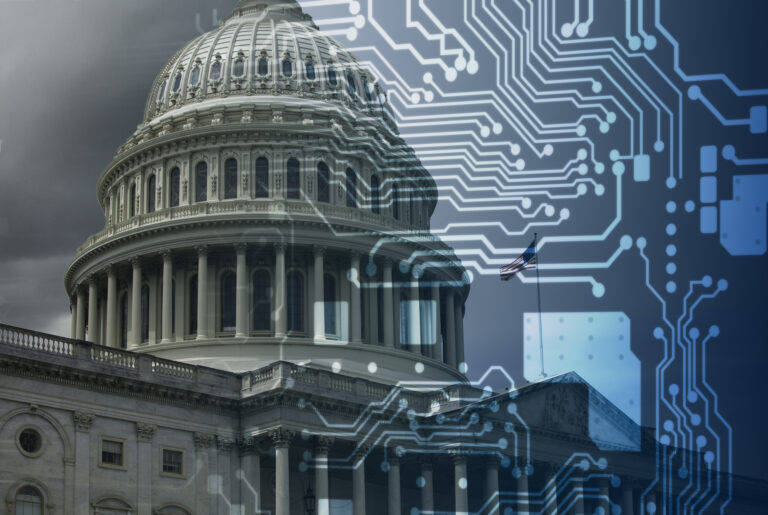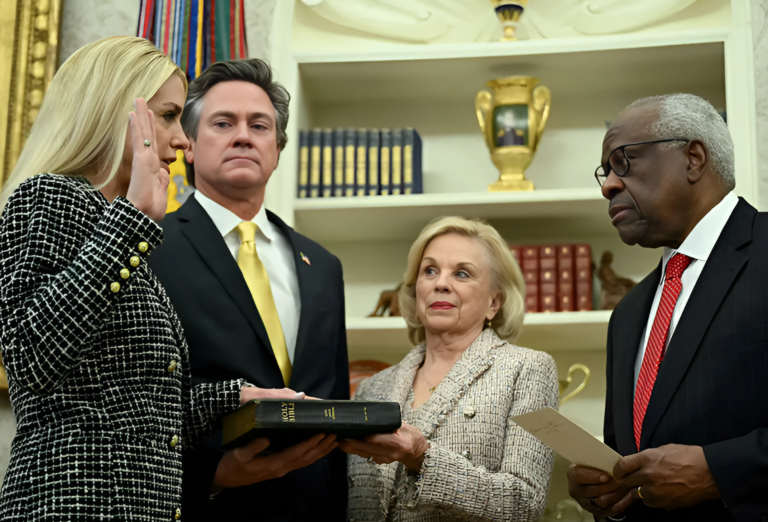The GENIUS Act: Crypto’s Path from the Wild West to Regulatory Reality
The “cryptocurrency Wild West” that former SEC Chairman Gary Gensler once described has officially ended with Congress and the Trump Administration’s passing into law the Guiding and Establishing National Innovation for U.S. Stablecoins (GENIUS) Act; the first federal regulatory framework for cryptocurrencies, specifically targeting stablecoins.[1] The cryptocurrency industry immediately responded to the U.S. government’s tacit endorsement of the industry by breaching $4 trillion in market value shortly after signing and Bitcoin reaching a new high of $120,000.[2] Given the market’s enthusiastic response, it’s worth exploring what provisions are driving this confidence.
When and How the GENIUS Act Will Take Effect
To start, the GENIUS Act will take effect within 18 months of passage, or 120 days after final implementing regulations are published, whichever occurs first. Federal agencies face a one-year deadline to issue the necessary regulations.
The GENIUS Act creates a regulatory framework with no single lead agency. Indeed, different federal regulators oversee different categories of issuers: the OCC handles federally-qualified issuers, the FDIC and Federal Reserve handle bank subsidiaries, and the NCUA handles credit union subsidiaries. The Treasury Secretary will coordinate rulemaking efforts between the agencies.
It’s worth noting that non-financial companies, including large technology firms, will face significant regulatory barriers to entering the stablecoin market because of the GENIUS Act. These companies are prohibited from issuing stablecoins unless or until they receive unanimous approval from the Stablecoin Certification Review Committee, criteria for which will be assessments of financial stability, consumer protection, and risk mitigation.
Reserve Requirements for Stablecoin Issuers
GENIUS focuses on consumer protections to boost confidence and stability in the digital asset industry via stablecoins. The Act’s primary feature is a requirement for 1:1 (or 100%) reserve backing with liquid assets and requires issuers to make monthly, public disclosures of reserve compositions.
The Act permits six specific categories of reserve assets: physical U.S. coins and currency, insured deposits at FDIC- or NCUA-covered institutions, Treasury securities with 93 days or less maturity, repurchase agreements backed by short-term Treasuries, money market funds invested solely in permitted assets, and central bank reserve deposits for qualified institutions. So, for every dollar of value in stablecoins issued, the company must hold exactly one dollar in reserve assets. And if a stablecoin issuer becomes insolvent, then the Act prioritizes stablecoin holders’ claims over all other creditors.
Further contributing to consumer protections, stablecoin issuers must comply with strict marketing rules to protect consumers from deceptive practices, including a prohibition on making misleading claims that their stablecoins are backed by the U.S. government, federally insured, or legal tender.[3]
By implementing robust reserve requirements that necessitate reserves of the U.S. dollar or Treasury bills or similar financial instruments, the GENIUS Act reinforces American financial sector dominance through the U.S. dollar, which operates as the world’s primary reserve currency. Even further, the GENIUS Act creates a self-reinforcing economic cycle where stablecoin growth automatically drives demand for U.S. government securities. This framework effectively transforms the expanding cryptocurrency industry into a buyer of American debt at prices beneficial to the U.S. government.
Indeed, this is the beauty of the GENIUS Act: it harnesses the growth of an industry that was once viewed as a threat to traditional finance and transforms it into a mechanism that actively strengthens America’s economic position. However, there are some skeptics, as some have noted potential systemic risks from the Treasury-focused reserve requirements, as large-scale stablecoin redemptions could force Treasury liquidations that may disrupt bond markets. Only time will tell how the legislation and their implementing regulations play out economically.
State & Federal Framework
GENIUS also creates a dual regulatory pathway that allows some issuers to choose between state and federal supervision, provided that they meet equivalent standards as determined by federal regulators on the Stablecoin Certification Review Committee. The largest issuers, however, are required to be regulated under the federal regulatory regime, including insured depository institutions, OCC-chartered uninsured national banks, federal branches, and large state-qualified issuers with more than $10 billion in outstanding stablecoin issuance.
Some critics have worried that this system may invite regulatory arbitrage, allowing issuers to choose the most lenient state over the national standard. But this concern overlooks how the GENIUS Act’s dual oversight structure represents a distinctly American innovation in regulatory matters, one that harnesses the benefits of federalism to facilitate innovation while maintaining federal oversight where most important. By requiring direct federal supervision for the largest stablecoin issuers above the $10 billion threshold, GENIUS ensures that systemically important entities operate under the federal standards, while still preserving space for emerging competitors and innovative approaches to flourish under potentially less cumbersome state regulatory frameworks. This federalist model allows states to serve as regulatory innovation laboratories subject to federal approval, testing different approaches to stablecoin regulation that could inform future federal policy.
Illicit Activity
GENIUS approaches preventing illicit use of stablecoins by bringing them fully within the existing anti-money laundering framework in the financial industry. Stablecoin issuers are explicitly subject to the Bank Secrecy Act, which requires them to establish anti-money laundering and Know-Your-Customer (AML/KYC) programs. These programs will include comprehensive risk assessments and sanctions-list checks to ensure compliance with federal financial crime enforcement standards.
Additionally, the Act goes beyond traditional compliance measures by requiring stablecoin issuers to maintain technical capabilities that give law enforcement direct oversight tools. All issuers must build and maintain the ability to seize, freeze, or permanently destroy (or “burn”) stablecoins when legally compelled by authorities. This requirement ensures that stablecoins cannot become a safe haven for illicit or illegal activity, as has been a longtime concern for financial regulators and the traditional financial industry.
Conclusion
The GENIUS Act is America’s first comprehensive federal regulatory framework for digital assets. Congress’s decision to focus its legislation specifically on stablecoins is particularly instructive, as these assets serve as the critical infrastructure that now connects traditional finance to the broader cryptocurrency ecosystem. By transforming the cryptocurrency into a friend to traditional finance rather than the foe, the GENIUS Act is an important reinforcement to American financial dominance.
[1] https://www.whitehouse.gov/fact-sheets/2025/07/fact-sheet-president-donald-j-trump-signs-genius-act-into-law/
[2] https://www.npr.org/2025/07/19/nx-s1-5470007/crypto-economy-trump-genius-clarity-act
[3] https://nexusoneconsulting.com/how-to-not-unicoin-yourself-a-lesson-in-what-not-to-do/







